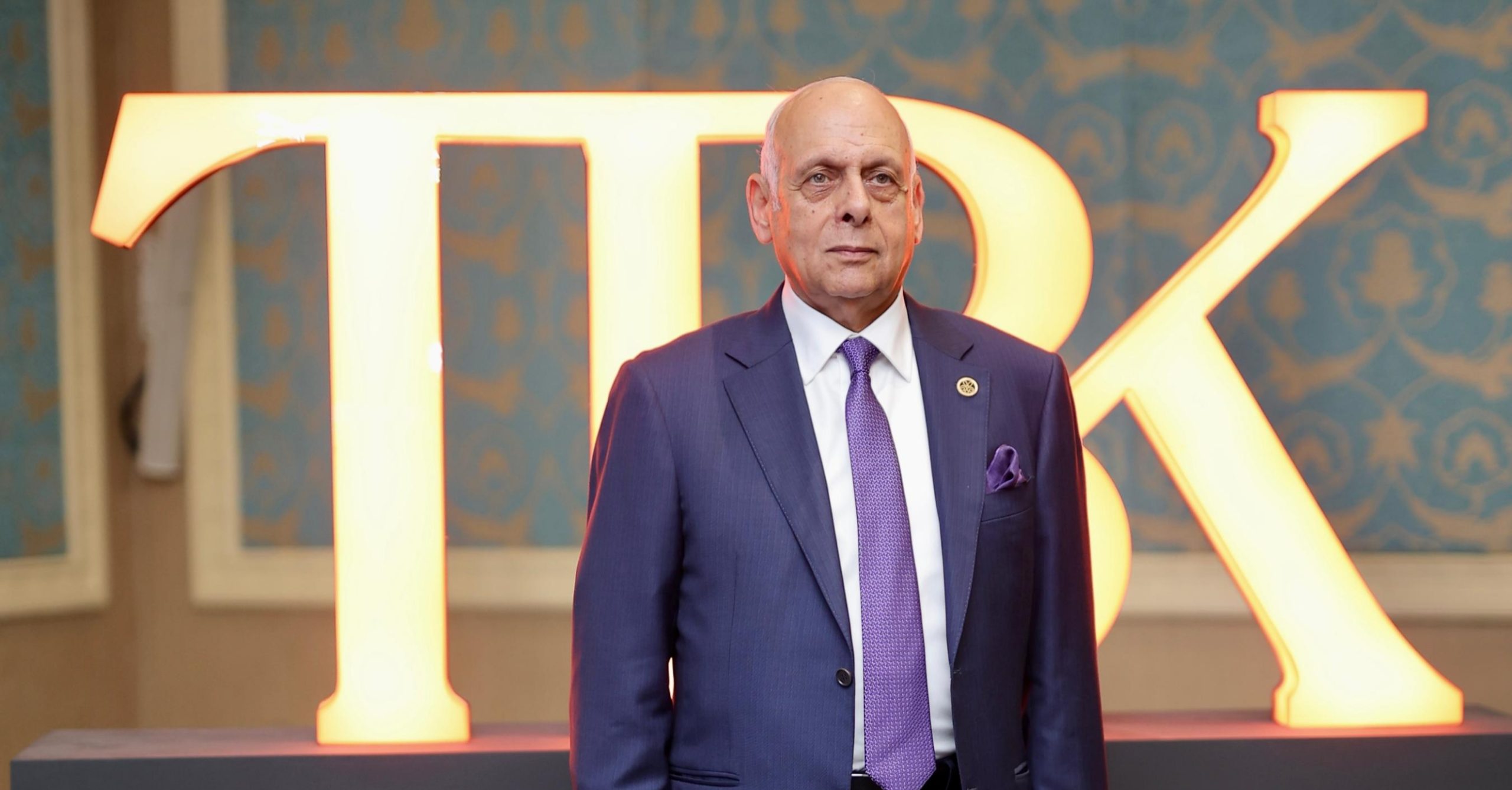By – Mohamed Nabil
Ancient Egypt refuses to stay buried in the past. In the 1920s with the discovery of King Tut’s tomb; in the 1970s with the global tour of those golden masks; and most recently with a flurry of astonishing discoveries, according to CNN.
During 2018, Egypt’s Ministry of Antiquities has announced the discovery of:
• 4,400-year-old tomb at the Saqqara archaeological site.
• Eight mummies from the Ptolemaic Dynasty (323-30 BC) — many of them encased in vividly painted coffins — at the Dahshur necropolis near Giza.
• A stone sphinx at Kom Ombo, a riverside temple near Aswan dedicated to the crocodile god Sobek.
• A surprisingly sophisticated 4,500-year-old ramp network at the Hatnub alabaster quarry in the Eastern Desert that may help solve ongoing questions about how the ancient Egyptians built the pyramids.
• A 3,200-year-old hunk of sheep and goat cheese in a tomb at Saqqara, the first-ever evidence that cheese was part of the ancient Egyptian diet.
• The world’s oldest tattoos — a bull, a sheep and S-shaped patterns — on a pair of 5,000-year-old male and female mummies in a Nile Valley tomb between Luxor and Aswan.
• A well-preserved female mummy — and around 1,000 ushabti statues representing servants who would attend to the deceased in the afterlife — in 17th Dynasty tomb near the Valley of Kings.








